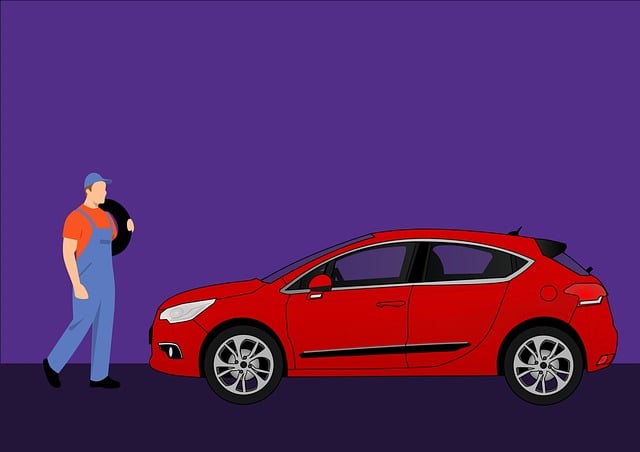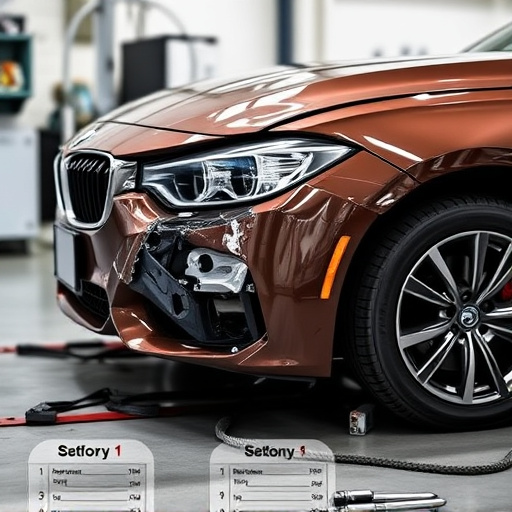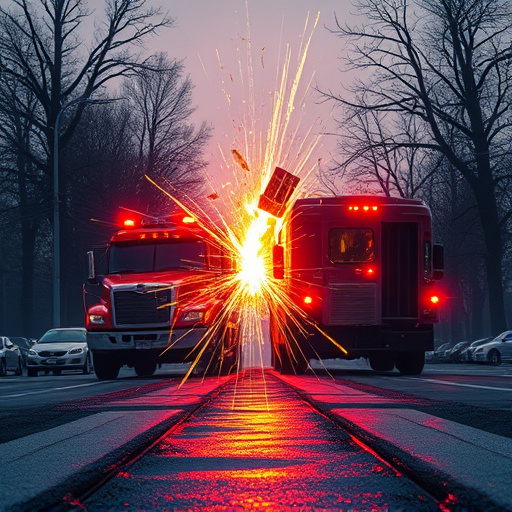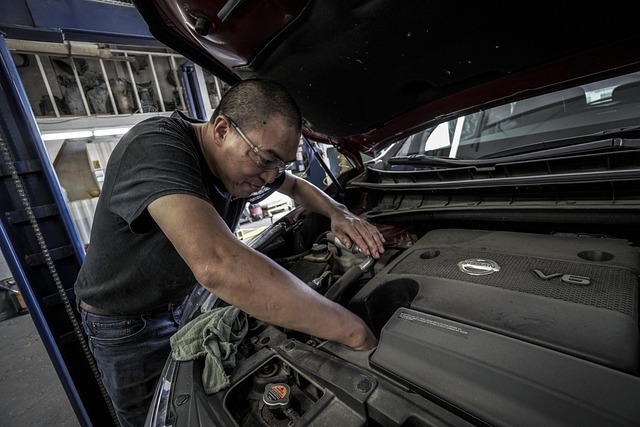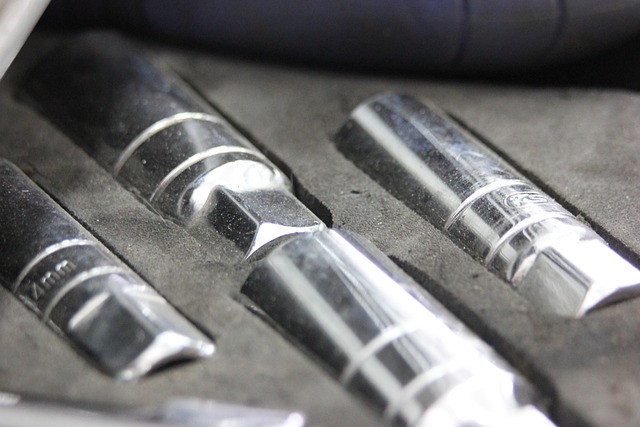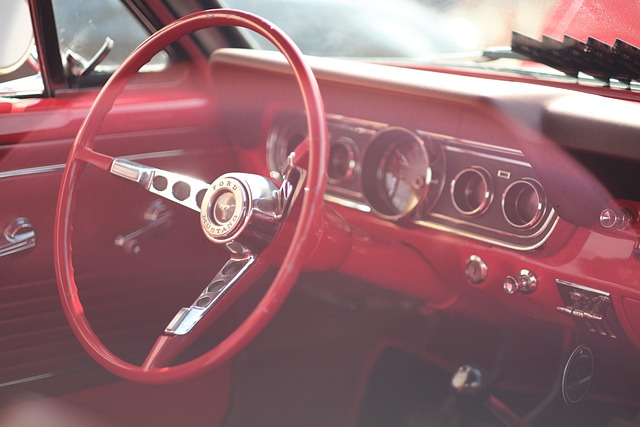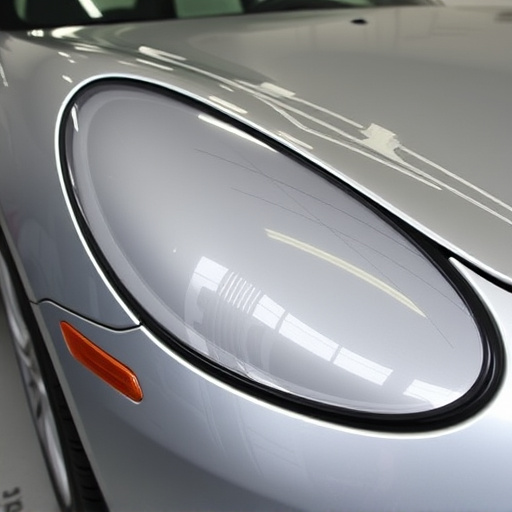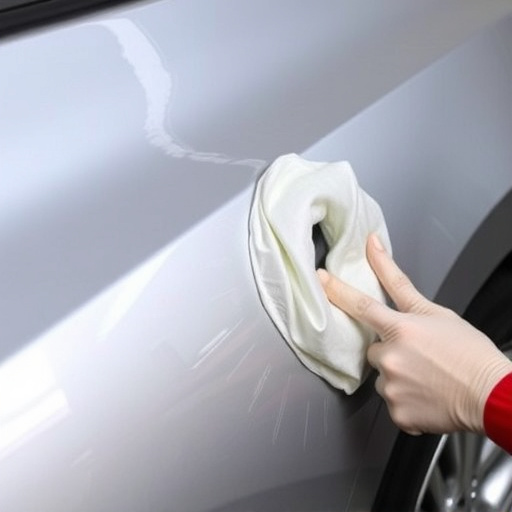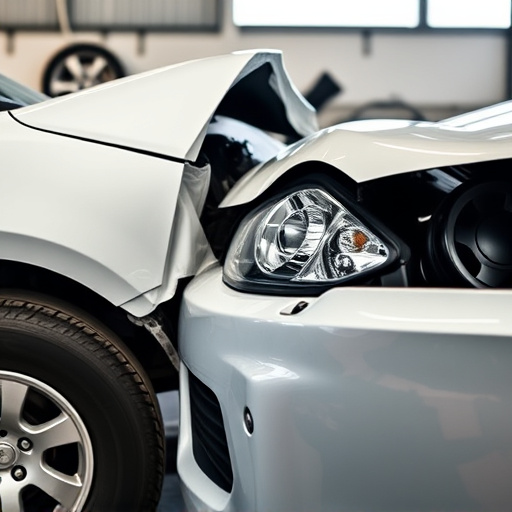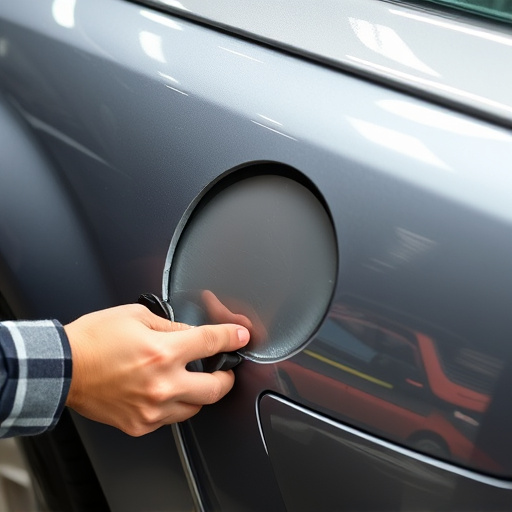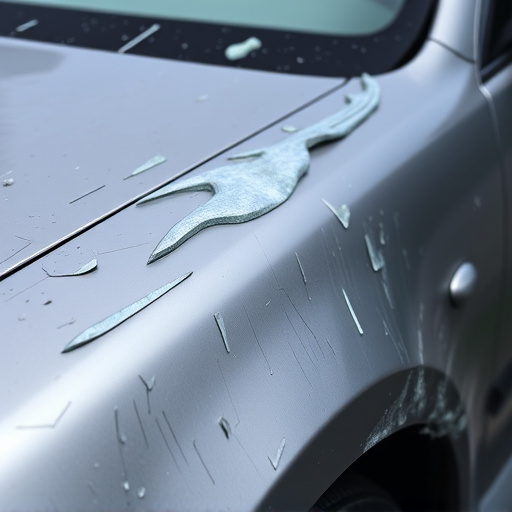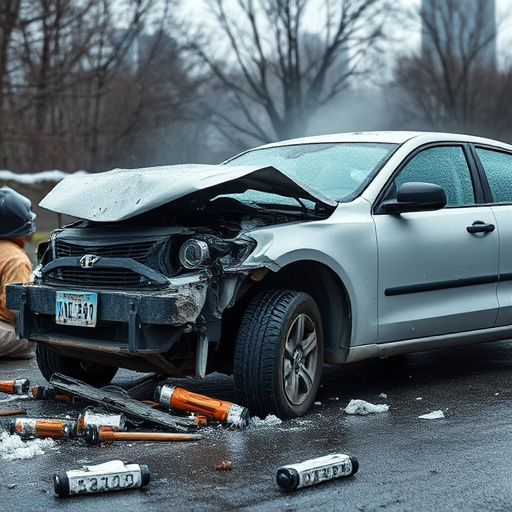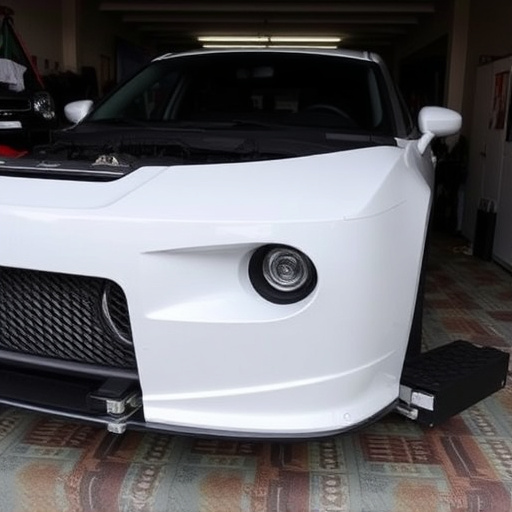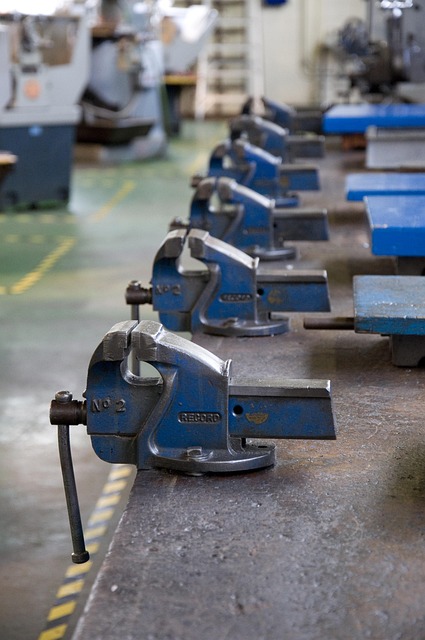Winter conditions accelerate metal corrosion on vehicles left outdoors, causing unsightly rust spots that can compromise structural integrity. Prompt rust repair after winter damage is crucial for maintaining vehicle safety and reliability, preventing advanced stages of corrosion like bulges or flaking paint. Early detection through regular inspections and specialized repair techniques, including scratch repair and professional rust replacement, are key to restoring aesthetics and longevity.
Winter’s chill may bring beauty, but it also leaves its mark on metal surfaces. The cold, combined with moisture, creates a perfect storm for rust formation, leading to unsightly and structural damage. This article delves into the science behind moisture-induced rust during winter, offering insights into how to identify and address these issues through effective rust repair strategies, ensuring your property’s longevity post-winter damage.
- Winter's Impact on Metal Surfaces
- Understanding Moisture-Induced Rust Formation
- Effective Strategies for Rust Repair
Winter's Impact on Metal Surfaces
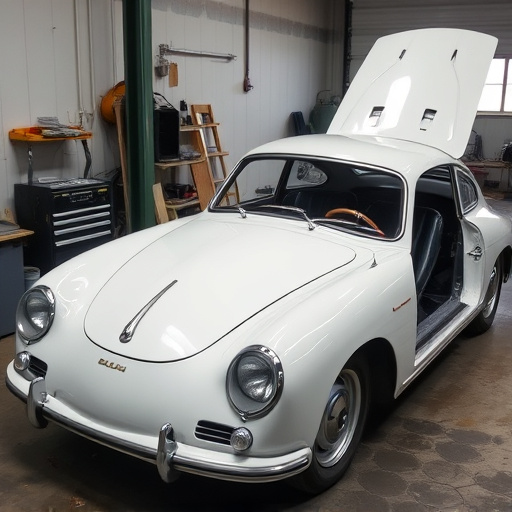
Winter brings a unique set of challenges for metal surfaces, particularly when it comes to rust formation. The cold season’s constant exposure to moisture, ice, and snow can accelerate corrosion, especially on vehicles left outdoors. As temperatures drop, water molecules in the air tend to stick to metallic surfaces, creating a conducive environment for rust. This is because lower temperatures slow down evaporation, allowing moisture to accumulate and penetrate tiny crevices and cracks in the paint or metal finish.
The impact of winter’s moisture on vehicles can be significant, leading to unsightly rust spots that not only affect aesthetics but also compromise structural integrity. After months of freezing conditions, car owners might notice bulges, pitting, or flaking of the paint, indicating advanced stages of corrosion. Prompt attention to these issues is crucial, as they may require professional vehicle body repair or even auto dent repair services to restore the vehicle’s condition and prevent further damage, ensuring a reliable and safe ride ahead.
Understanding Moisture-Induced Rust Formation
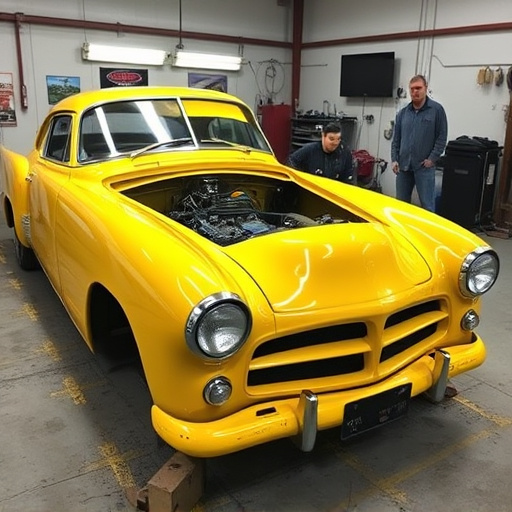
Moisture-induced rust formation is a common issue that occurs during winter months when cars are exposed to high humidity and frequent condensation. As water droplets accumulate on metal surfaces, they create an ideal environment for rust to develop. This process starts with moisture seeping into small cracks and crevices in the car’s exterior, eventually leading to corrosion if left unaddressed. The salt used for de-icing roads during winter also accelerates this corrosion, making rust repair after winter damage a necessary step in automotive maintenance.
Car body repair experts emphasize that preventing and treating rust early is crucial for maintaining the structural integrity of vehicles. Moisture can infiltrate through various entry points, such as damaged paint jobs, poorly sealed joints, or even minor nicks and scratches on the car’s exterior. Once moisture infiltrates, it initiates a chemical reaction with the metal, leading to its degradation over time. Automotive repair services offer specialized rust repair techniques, including surface treatments, patch repairs, and in severe cases, complete car body repair to restore vehicles to their optimal condition after winter’s harsh effects.
Effective Strategies for Rust Repair
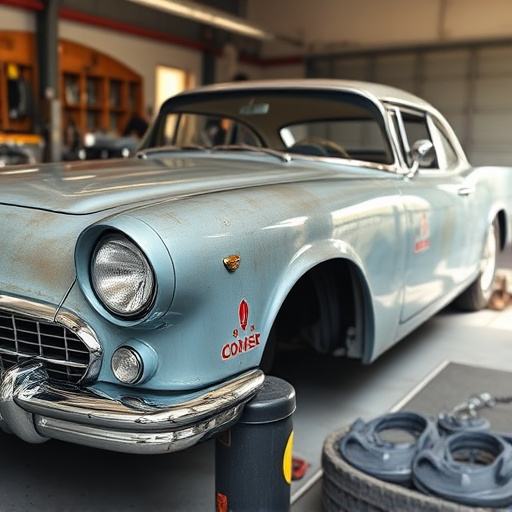
After a long, harsh winter, many vehicles suffer from rust repair needs. The key to effective rust repair after winter damage lies in early detection and prompt action. Regularly inspect your vehicle for any signs of rust, particularly in hard-to-reach areas like wheel wells and floor pans. Addressing rust issues immediately prevents further corrosion and saves on extensive collision damage repair later.
For more minor cases, scratch repair techniques using specialized tools and paintless dent repair methods can be effective in restoring your vehicle’s exterior without the need for traditional body shop repairs. However, for severe rust penetration or structural damage, professional rust repair services may be required. These experts employ advanced techniques to thoroughly remove rusted components and replace them with new ones, ensuring a durable fix that enhances the vehicle’s longevity and resale value.
Winter’s moisture can leave metal surfaces vulnerable to rust formation, making prompt action and effective rust repair crucial after the cold season. By understanding how moisture triggers rust and implementing strategic repairs, homeowners and property managers can protect their assets from this damaging effect. With the right approach, it’s possible to restore affected areas, prevent future damage, and ensure longevity for metal structures in the face of winter’s challenges.
